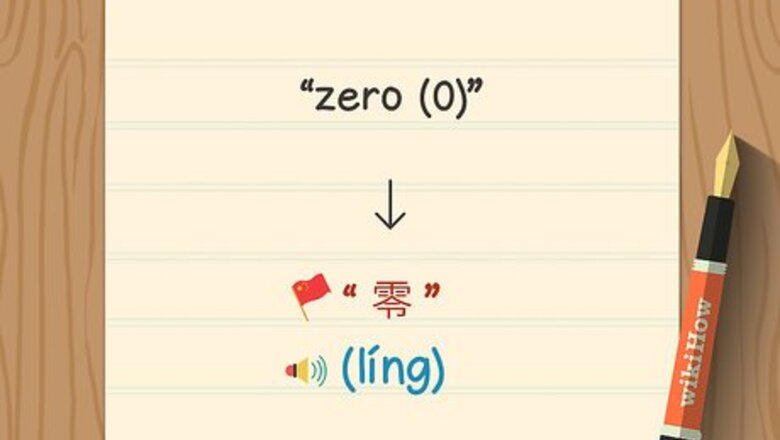
views
X
Research source
If you want to learn a little Chinese, counting to 10 is a good place to start. And since larger Chinese numbers are formed simply by combining the words for the two digits, if you can count to 10, you can actually count all the way to 99.[2]
X
Research source
Counting to 10 in Mandarin Chinese
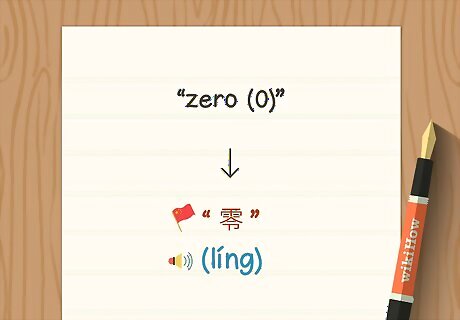
Start with the character for zero (0). 零 is the character for zero (0) and is pronounced líng. Note the tone marker for the second tone over the letter i. Pronounce this character in a low to high tone.
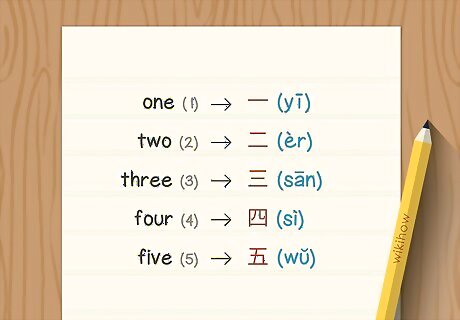
Count from 1 to 5. To start learning to count, first get comfortable with the characters and pronunciations for the words for the numbers from 1 to 5. The first three characters are perhaps the easiest to remember because they are the same number of lines as the number they represent. One (1) is 一 yī. Two (2) is 二 èr. Three (3) is 三 sān. Four (4) is 四 sì. Five (5) is 五 wŭ.
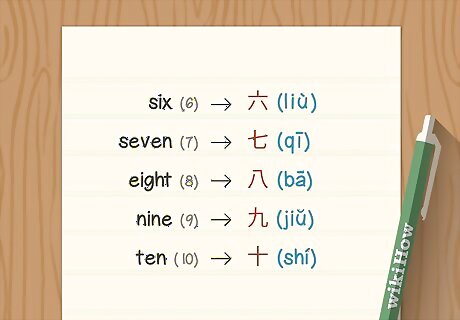
Continue counting from 6 to 10. Once you can say and write the characters for the first 5 numbers, move on to the numbers 6 through 10. Practice them the same way you practiced the numbers 1 through 5 until you have them memorized. Six (6) is 六 liù. Seven (7) is 七 qī. Eight (8) is 八 bā. Nine (9) is 九 jiŭ. Ten (10) is 十 shí.Tip: Counting aloud from 1 to 10 can also help you practice different tone combinations, which can help improve your pronunciation of other Mandarin characters.
Continuing to Count to 99
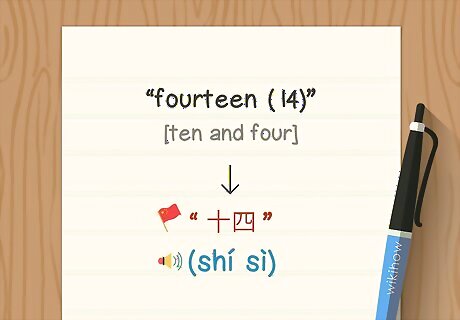
Add a number to 十 to count up through 19. Chinese is a very logical language, and the way large numbers are formed is not an exception to this rule. Once you get past ten, all the numbers through 19 have a 10 in the tens place. So you write a 十. The 十 is followed immediately by the character for the number in the ones place. For example, 十四 shí sì is fourteen (14). Practice putting other combinations together.
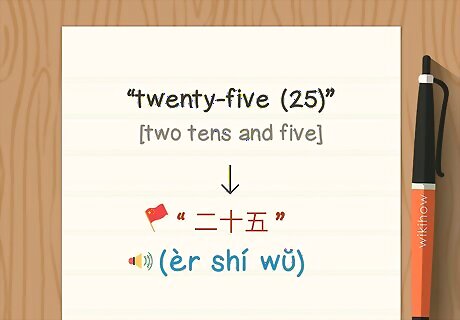
Use 二十 to count from 20 through 29. Once you get to 20, you have a 20, or two tens, in the tens place. Write the character for a 2 followed by the character for 10. Those two characters together represent the number 20. If there's a number in the ones place, add the character for that number after the 十. For example, 二十五 èr shí wŭ is twenty-five (25). As you did for the numbers 11 through 19, practice putting different combinations together here.
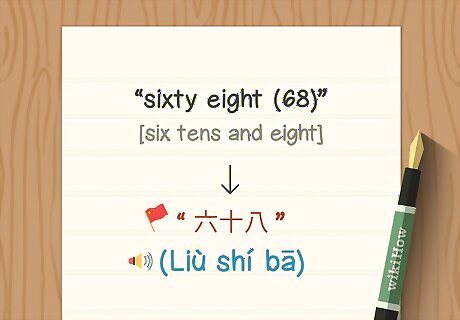
Follow the same formula to count all the way up to 99. By now you've likely figured out the formula for writing numbers in Chinese. You simply write the character for the number of tens in the tens place, then add the character for the number in the ones place. All numbers up through 99 are formed this way. A good way to practice as well as test your memorization of the numbers from 1 to 10 is to create flashcards with random Arabic numbers from 11 to 99. When you choose a card, write that number in Chinese.Tip: You do not add 零 líng (zero) for even tens, such as 20, 30, 40, and so on. You only say the number in the tens place, just as in English you would say "twenty" rather than "two-zero."


















Comments
0 comment